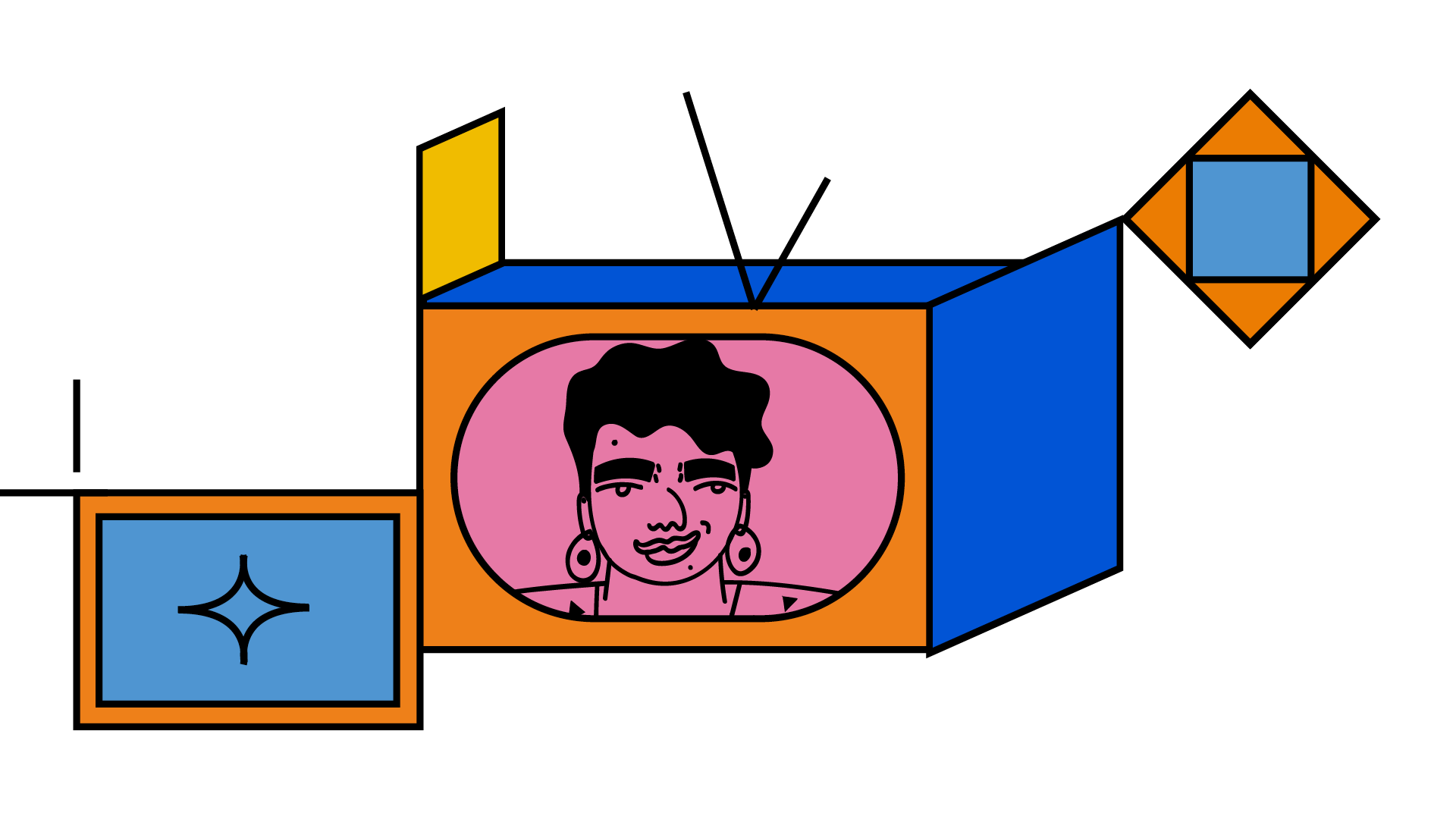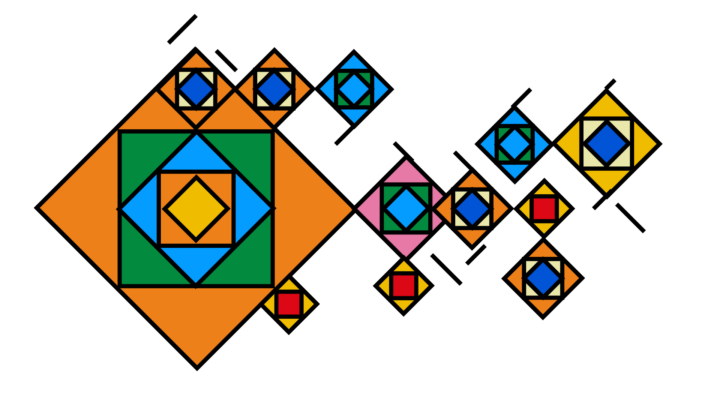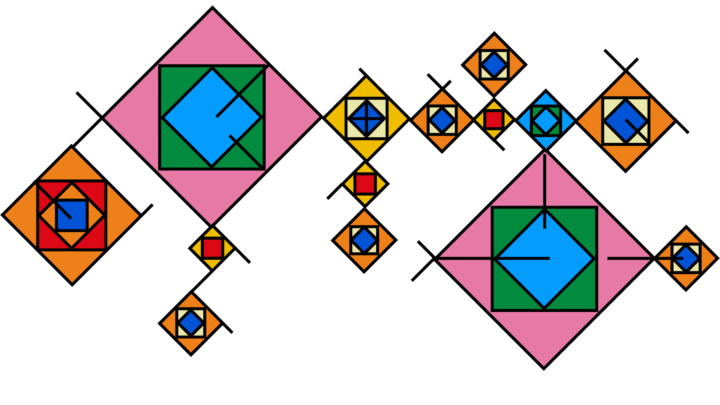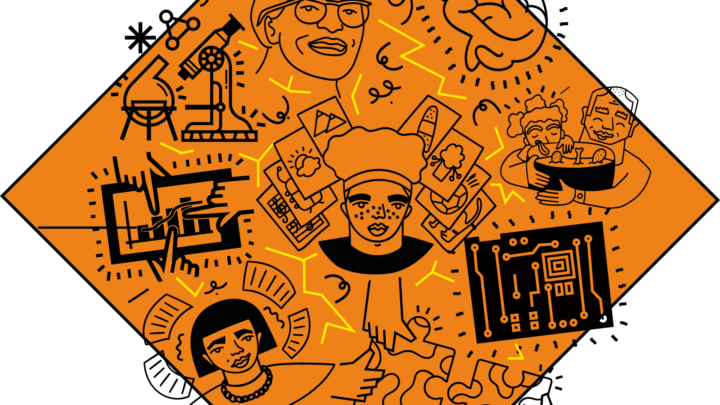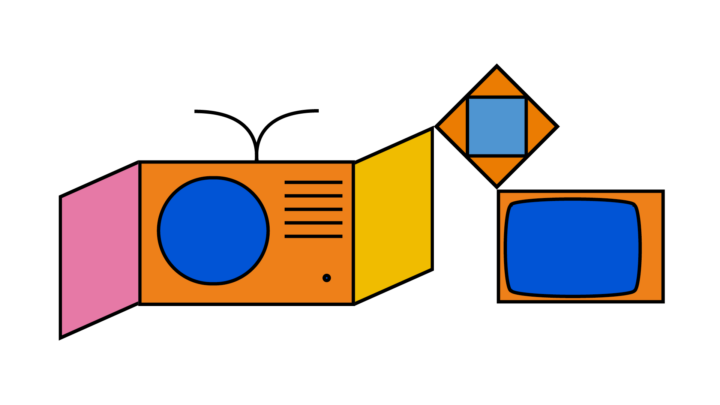“Public Money – Public Good!” is one of Wikimedia Deutschland’s most important campaigns. This includes the demand that educational contributions from public broadcasters are made permanently available online under a free license. 2022 was a successful year in this respect: tagesschau made more than 50 explainer videos available, some of which have already found their way into Wikipedia.
The first piece of good news came from the German broadcasting network ARD and the broadcaster Bayerischer Rundfunk in the summer of 2022: new productions from kolleg24 are to be published under a free Creative Commons license in the future. The successor format to the former Telekolleg – an educational Bayerischer Rundfunk program that has existed since 1966 for acquiring the secondary school leaving certificate “Mittlere Reife” or the entrance qualification for universities of applied sciences (Fachhochschulreife) – is repositioning itself digitally and interactively and is also coming up to speed in terms of openness.
“We are very pleased that with the Bavarian Broadcasting Corporation, another public broadcaster has published formats under a free license,” Kevin Golde, founder of the Wiki Loves Broadcast community project, comments on the move. “The Wikipedia community can now decide how videos are included in Wikipedia.” The same goes for Wikimedia Commons, the collection for free media files. In recent years, volunteers such as the members of Wiki Loves Broadcast have included more than 250 clips from the science program Terra X on the German broadcasting network ZDF and other public service formats in Wikimedia projects, short informational videos on topics such as “Climate Factor CO2,” the Middle East conflict or Greta Thunberg.
Signal from the tagesschau
With videos from Terra X and the young content network “Funk” from ARD and ZDF, which is primarily operated via Youtube, the public broadcasters have taken the first steps towards free licenses that allow them to be used in the Wikimedia projects. In the meantime, Terra-X puts two videos a week online in Wikimedia Commons. Now not only kolleg24 content is added, but – the second positive news of the year in the context of “Public Money – Public Good!” – also explainer videos of the tagesschau. It is by far the most watched news program on German television. “This is an important signal, also for other formats of public broadcasting,” said Frank Böker, Communications Manager Political Framework at WMDE.
It is true that individual tagesschau reports were already available under a Creative Commons license before. However, this was comparatively restrictive because it excluded editing and commercial use. In 2022, tagesschau has now published over 50 clips under CC BY-SA 4.0 (Attribution and Sharing under Equal Terms). This allows for inclusion in Wikimedia projects. “In some editorial departments, there are reservations and fears that content could be changed or used for unjust enrichment,” says Böker, but also emphasizes, “There are virtually no examples of misuse.”
Vivid and instructive
Not least, the concerns of managers at public broadcasting services are alleviated at the round table. WMDE has already invited representatives of broadcasters, the world of politics, the education sector and the creative industry once a year since 2018 – in order to raise awareness of what Leonard Dornbusch, ZDF Television Council for the Internet, put in a nutshell in an article for the German newspaper Tagesspiegel: “If public broadcasting wants to defend its exclusive funding by all members of the community, it must also make central productions accessible to all, at least as freely as possible.”)
Since the beginning of the Wiki Loves Broadcast project, volunteers have also been involved in the round table. After all, they are the ones who check the clips of the broadcasters for their Wikipedia suitability, assign the explainer videos to appropriate articles and take care of the technical integration. Tagesschau clips are now available in the German-language Wikipedia for articles on topics such as leveling seats, DNA computers and gender – they were accessed more than 150,000 times within two and a half months in 2022.
This proves that the effort is worthwhile. Freely licensed content to acquire knowledge reaches a broad audience. And they are “fantastic for the multimedia design of our article texts,” says volunteer Stefan Kühn, who is involved with Wiki Loves Broadcast. “Seeing in an elaborate video animation how the Berlin Wall came into being, for example, or how the Humboldt Current works is very vivid and educational for anyone interested.”
More than mere reproduction
Of course, broadcast content under free license is also ideally suited for the use in schools or other educational contexts. Especially because they can be edited – unlike works without the appropriate permission. Such content may at least be shown in closed classrooms, as a legal opinion initiated by Wikimedia in 2022 has clarified.
However, the possibility of changing educational contributions from public broadcasters and adapting them to the needs of students could enrich lessons far more than simply reproducing them.
After all, tagesschau has announced that it will expand the provision of content under a free license in 2023. It would be desirable for others to follow suit. “We are observing that more and more broadcasters are addressing the issue and taking a position on it,” says Wikipedian New York-air, describing his observation. He is also involved with Wiki Loves Broadcast. “Hence, we have already achieved that they are aware of the topic.”

